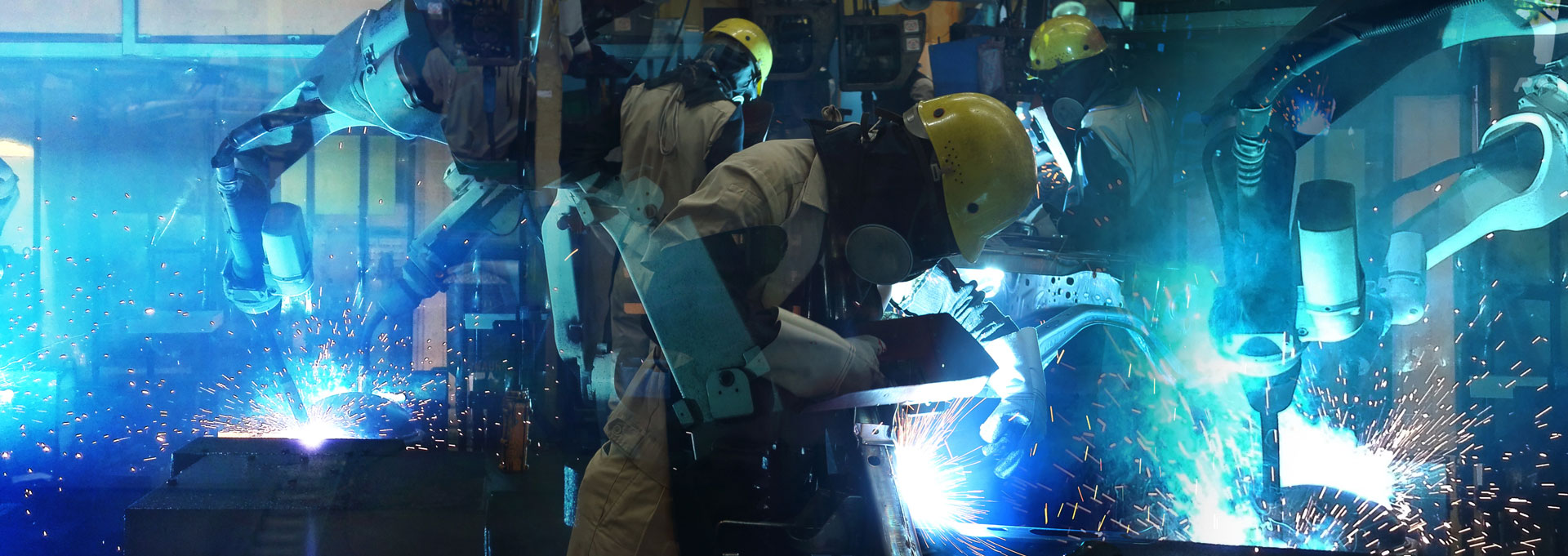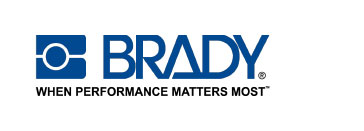4 Challenges Facing Automotive Manufacturers (and How to Solve Them)

The automotive industry is accelerating into a new era of electric vehicles and a high level of interconnectivity. With these advancements come a series of complex hurdles that threaten to derail any automotive manufacturer’s progress. From the rapid shift toward electric vehicles (EVs) to supply chain disruptions and labor shortages, the path forward is fraught with challenges. Staying ahead requires understanding these obstacles and crafting effective solutions to overcome them.
In this article, we’ll explore the four major challenges confronting automotive manufacturers today and how to tackle these issues head-on to create a more resilient and secure future.
Keeping Up with Sustainability Standards
As an automotive manufacturer, your team faces significant challenges in meeting sustainability standards due to the complexity of supply chains, high initial costs and the need for extensive technological development, such as EV technology. You also need to worry about navigating international regulations, balancing consumer demands and overcoming infrastructure limitations.
Solution: Keep on top of sustainability standards by investing in research and development to create more efficient, eco-friendly technologies. Adopting advanced materials and production methods, such as lightweight composites and additive manufacturing, can reduce emissions and resource consumption. You should also work to continuously monitor and report your environmental impact, stay informed about evolving standards and proactively address potential challenges.

Technological Disruptions and Cyberattacks
According to Upstream Security, the automotive sector saw a 250% increase in high and massive-scale cyber-attacks in 2023 compared to 2022, creating a greater need for robust cybersecurity measures than ever. The integration of digital interfaces, autonomous features and interconnected systems like telematics, V2X communications and 5G connectivity has increased the likelihood of these kinds of attacks. Attackers can exploit weaknesses in a vehicle’s infotainment system, gaining access to controls and sensitive data, such as location and personal data.
Solution: Stay ahead of cyberattacks and technological breakdowns by increasing the overhead for your protection by developing a thorough cybersecurity plan that includes suppliers, manufacturers and service providers along your supply chain. This helps to incorporate security controls into development and manufacturing processes. Collaboration also you to share and gain insights, vulnerabilities and best practices to build a strong front against cyber-attacks and other threats.
Supply Chain Disruptions
During the pandemic, manufacturers slowed down their orders for chips, leading to a production slowdown. Now, with demand surging again, there is a delay and an ongoing shortage. The shift toward electric vehicles (EVs) has further increased demand for components like batteries and semiconductors. Rising raw material costs, limited availability and a lack of readiness within the automotive supply base and supporting industries compound this rapid transition. AlixPartners estimates that component shortages led to the production of 7.7 million fewer vehicles in 2021, costing the industry $210 billion in lost revenue.
Solution: Solving this challenge starts with diversifying your supply chains to reduce reliance on single suppliers and geographic regions. Investing in your workforce also helps to maintain the skills necessary to navigate and manage complex supply chain issues. You should also adopt advanced technologies such as artificial intelligence, data analytics and automation that can enhance supply chain visibility and efficiency. These technologies can predict potential disruptions, optimize inventory management and streamline production processes.

Labor Shortages
Labor shortages pose a significant challenge for automotive manufacturers, primarily due to the impact of the COVID-19 pandemic on microchip production and the resulting workforce limitations affecting the expansion plans of major chipmakers like Intel and TSMC. The lack of skilled personnel hampers the ability to scale production and meet increasing demand, especially with the ramp-up of electric vehicle platforms straining the already limited talent pool.
Solution: To address this challenge, manufacturers should invest in vocational education as well as continuous upskilling and reskilling programs to equip workers with the necessary skills. Advanced robotics and automation can also mitigate the impact by handling repetitive tasks, allowing human workers to focus on more complex activities.
Stay Ahead with State-of-the-Art Solutions
A sure way to stay ahead of upcoming challenges is by making sure your team and production line are equipped with high-quality equipment. Check out these products and solutions from some of our top suppliers:

Shurtape® CP 200 Performance Grade, Medium-High Adhesion Masking Tape
This masking tape is for use in MRO maintenance, repair, operations and much more. Built with a durable design, this tape is a flexible heat-resistant tape that withstands bake cycles up to 200 F (for up to 30 minutes) and provides consistent paint lines, clean removal and conformability.
Sempermed® SemperGuard® Nitrile SemperForce® Black Gloves
These gloves offer excellent barrier protection and superior puncture resistance compared to latex, ensuring enhanced safety across numerous applications. Designed for comfort, they feature textured fingertips for a better grip and come in a range of colors. They are ESD tested and approved.
BRADY® M410 and M510 Portable Label Printers
The portable label printers from Brady allow you and your team to design and print labels while on the go. The large window covers offer an easy-to-use interface with backlit LCD graphics, even in dim areas.


